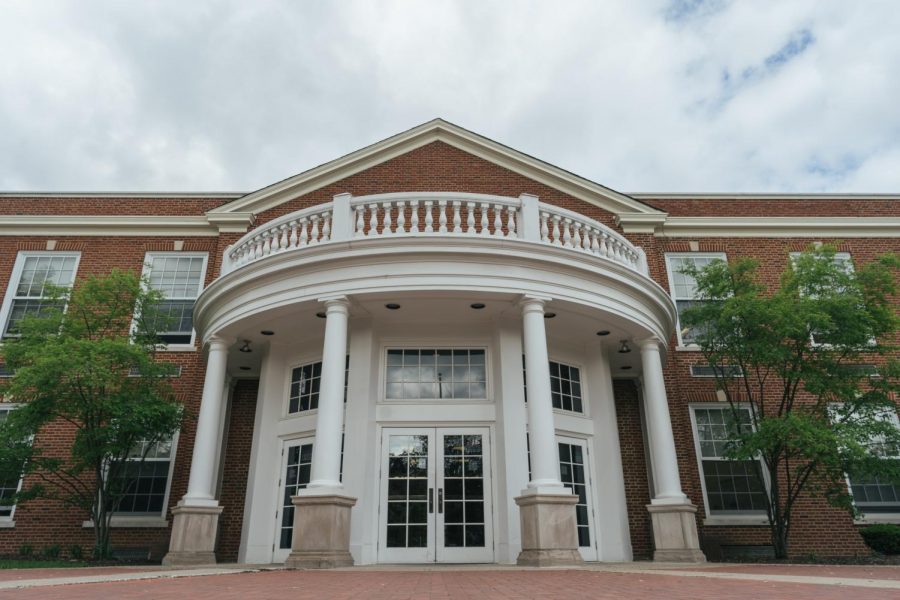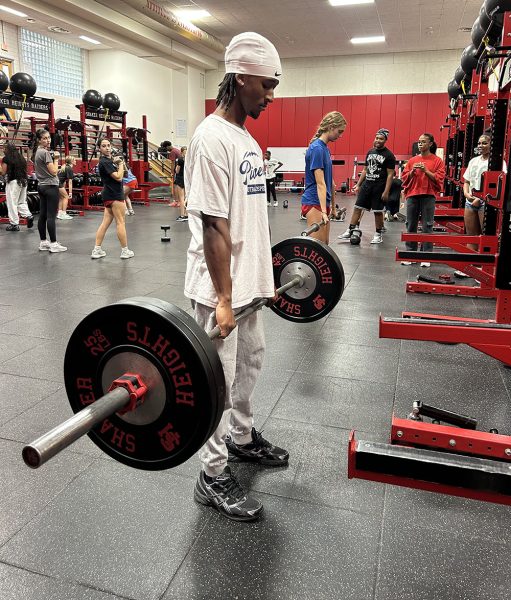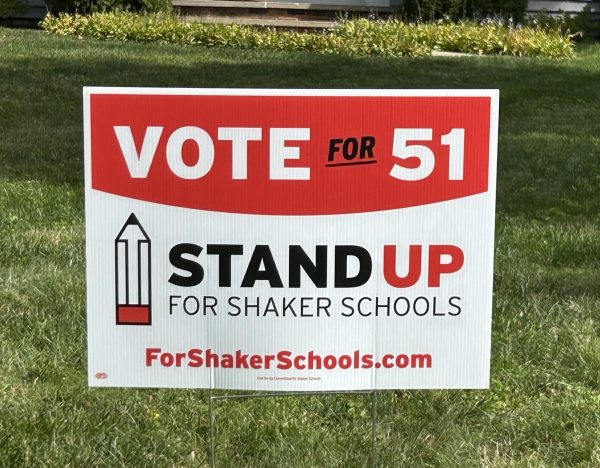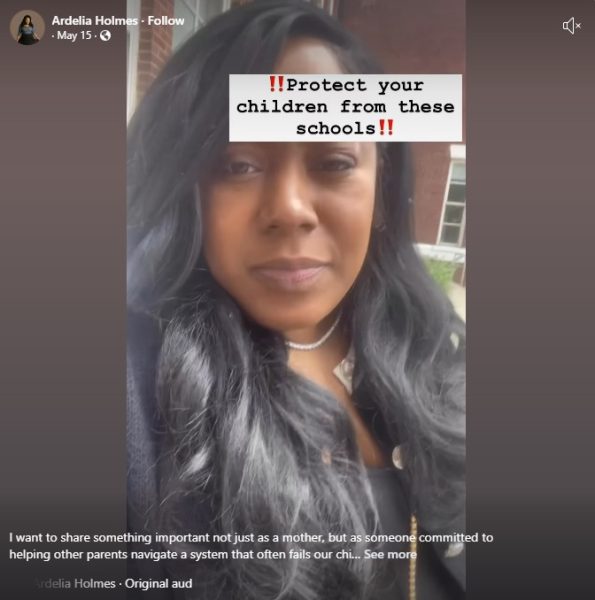’Rite Idea: Putting Our Faith in Shaker
Transparency and trust are vital as we move back to in-person learning
Students are to begin returning to the high school before the end of November.
On Sept. 16, Superintendent David Glasner announced that the entire district will begin the return to onsite learning in October and that high school students would be in the full hybrid model by Jan. 4. Across the community, reactions have varied. We all want to go back, but it is difficult to weigh the risk and reward.
There are two main concerns among the community as in-person learning resumes. First, communication with the community must be better than it ever has. Second, we are now relying on our peers to keep us safe.
We know why we are returning. In-person learning is beneficial to many in the community. For some, we miss social interaction and the normalcy school provides. For others, online school poses more serious issues. We cannot presume to know others’ home lives; some require school for a safe environment. Not every home has the same technological resources to make virtual school as successful as possible.
Virtual school can have more drastic effects on younger students, as well. Childcare isn’t an option for all families. It is expensive, and in the era of COVID-19, not all families are comfortable with added social interaction. It can be difficult to balance work and home life when your children are learning from home. Onsite learning for children can relieve parents’ anxieties about childcare, their jobs, and their children’s education.
Thankfully, for families that don’t feel comfortable sending their children back to school, there is an online option. No one should be forced to go back to school during the pandemic. Cases in the United States approach 8 million, and there are roughly 175,000 cases in Ohio. Additionally, Shaker Heights isn’t the first district to reopen onsite learning in Cuyahoga County. On Aug. 31, the Willoughby-Eastlake district started in-person learning. However, after six students tested positive, the district decided to return fully to virtual learning on Oct. 12. Many of us are unsure about what makes Shaker different from situations like these.
There seems to be uncertainty in so many areas of the reopening, including what in-person and virtual learning will look like for the rest of the year. As we move closer to the second semester, Shaker needs to be transparent in their decision making. On Sept. 16, the Shaker Heights Teachers’ Association released a letter stating that the decision to open the schools was not collaborative. If we are to maintain this relationship of trust, it must be a cooperative process. What is most important in these difficult choices is allowing everyone to be at their comfort level.
Since the announcement of reopening, the administration has gone through trial and error in terms of communication. On Oct. 6, the district sent out an email with the subject line entitled “Champions Program Update.” However, the email contained information relevant to more than just those with children enrolled in the KinderCare program.
“We recently learned that a trainee with Champions tested positive for COVID-19,” the email stated. An email regarding COVID-19 cases should not be titled with information that most would disregard. People who are not involved with the Champions program would send this email straight to trash, when really it is about a health crisis. As soon as information is hidden from the community, the entire plan will crumble. Communication is the key to making the reopening work.
However, on Oct. 9, the administration showed us that they are capable of progress. The district sent out another email with the subject line “Positive Case of COVID-19 in District,” referring to a positive case from “an education service provider” at Mercer Elementary School. This is the way we should be notified about a case in the district — a clear message in a timely manner. We know where the positive case came from, when the person tested positive, and who they may have had contact with. However, the language used to describe the staff member is unspecific and leaves room for speculation. When The Shakerite asked Executive Director of Communication Scott Stephens, he refused to elaborate on the definition of education service provider, citing the employee’s privacy.
The second concern with onsite learning is that we are now relying on our neighbors to keep us safe. The bottom line about this choice is trust. The reopening serves as a test of community, more so than any other time during the pandemic. Yes, cases are at their lowest in Cuyahoga County. But we are taking giant steps toward normalcy without a vaccine or any surefire ways to avoid catching the virus. This decision means not only the sharing of space, but the sharing of values. The health of the community is our responsibility more than ever. Following procedures of wearing masks and social distancing cannot be treated as suggestions. They are necessary to onsite learning working while maintaining the health of our peers.
Up until now, we all had the choice to avoid seeing our peers who may engage in interaction that makes us uncomfortable. If you go to a party or take a road trip to visit a family member, your friends can choose not to see you. But when we return to school, we don’t have a choice about whom we sit next to in class and whom we pass in the hallway. We will no longer have the luxury of avoiding people who participate in risky behaviors. That means that we must balance our own desires for social interaction with the responsibility we have to protect our community.
We are relying on both our leaders and our peers to make this work. As the days creep closer to the reopening, we will receive more information about the plan that will form our decisions and affect our relationships with the community. We trust you, Shaker. Don’t break our trust.








